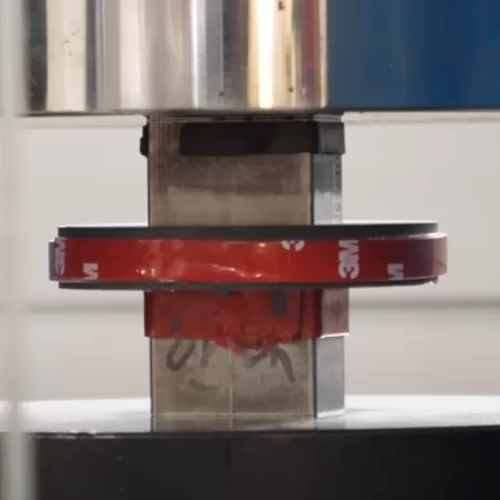Learn How Gold Jewellery Is Made
Gold has been used in jewellery-making for thousands of years, and it still remains one of the most popular materials for fine jewellery even today. The process of making gold jewellery requires a combination of skill, patience, and creativity, and goldsmiths use a variety of techniques to create beautiful and intricate pieces.
The first step in making gold jewellery is to select the gold alloy that will be used. Pure gold is too soft to be used for most jewellery, so it is typically mixed with other metals such as silver, copper, or zinc to create a more durable alloy. The amount of pure gold in the alloy is measured in karats, with 24-karat gold being pure gold and 14-karat gold being 58.5% gold.
Once the gold alloy has been selected, the goldsmith will begin the process of creating the piece of jewellery. There are several techniques that can be used, depending on the design and complexity of the piece.
Casting

Casting is a technique where molten gold is poured into a mould to create a specific shape. This technique is often used for more intricate and detailed designs that would be difficult to achieve by hand. The mould can be made from a variety of materials, including wax, clay, or silicone, depending on the complexity of the design. Once the mould is prepared, the gold is heated to its melting point and poured into the mould. Once the gold has cooled and solidified, the mould is removed to reveal the final piece of jewellery.
Forging

Forging is a technique where gold is heated and hammered into a desired shape. This technique is often used for simpler and more elegant designs that have a smooth and polished finish. The gold is heated to its malleable state, which allows the goldsmith to shape and bend the metal using a hammer and anvil. Once the desired shape is achieved, the gold is polished to create a smooth and shiny finish.
Soldering

Soldering is a technique where two or more pieces of gold are joined together using a special type of metal called solder. The gold pieces are heated and the solder is melted between them, creating a strong bond. This technique is often used to join different parts of a piece of jewellery, such as a clasp to a necklace or a setting to a ring.
Engraving

Engraving is a technique where a design is etched into the surface of the gold using a sharp tool or a laser. This technique is often used to create intricate patterns or to personalise a piece of jewellery with a name or message. Engraving can be done in different ways as shown in the image above.
Filigree

Filigree is a technique where thin wires of gold are twisted and woven together to create a delicate and lacy pattern. This technique is often used to create intricate designs on rings or pendants.
Granulation

Granulation is a technique where small gold beads are fused together to create a decorative pattern. This technique is often used to create a textured surface on a piece of jewellery or to create a pattern that resembles small, sparkling diamonds.
Once the goldsmith has completed the piece of jewellery, it will be polished to create a smooth and shiny finish. This may involve using a polishing wheel, a buffing cloth, or a special polishing compound.
Last Words
Making gold jewellery is a complex and multi-step process that requires a great deal of skill and expertise. From selecting the right gold alloy to using a variety of techniques to create intricate designs, each step in the process contributes to the final product. Whether you’re looking for a simple and elegant gold necklace or a more intricate piece of gold jewellery with filigree, engraving, or granulation, the possibilities are endless when it comes to this timeless and beautiful material. As a customer, it’s important to understand the craftsmanship and effort that goes into creating each piece of gold jewellery, which can help you appreciate and cherish your jewellery even more.
Additionally, it’s important to note that goldsmiths continue to innovate and improve upon traditional techniques, incorporating new technologies and materials to create even more intricate and stunning designs. From computer-aided design software to laser engraving machines, these advancements are allowing goldsmiths to push the boundaries of what’s possible and create truly unique and one-of-a-kind pieces.
Overall, the process of making gold jewellery is a fascinating and intricate one, with each piece crafted by hand using a combination of traditional and modern techniques. Whether you’re looking for a simple and elegant piece or a more complex and detailed design, gold jewellery remains a timeless and beautiful choice for any occasion. So the next time you wear a piece of gold jewellery, take a moment to appreciate the skill and craftsmanship that went into creating it and the beauty and health benefits that it brings to your life.
